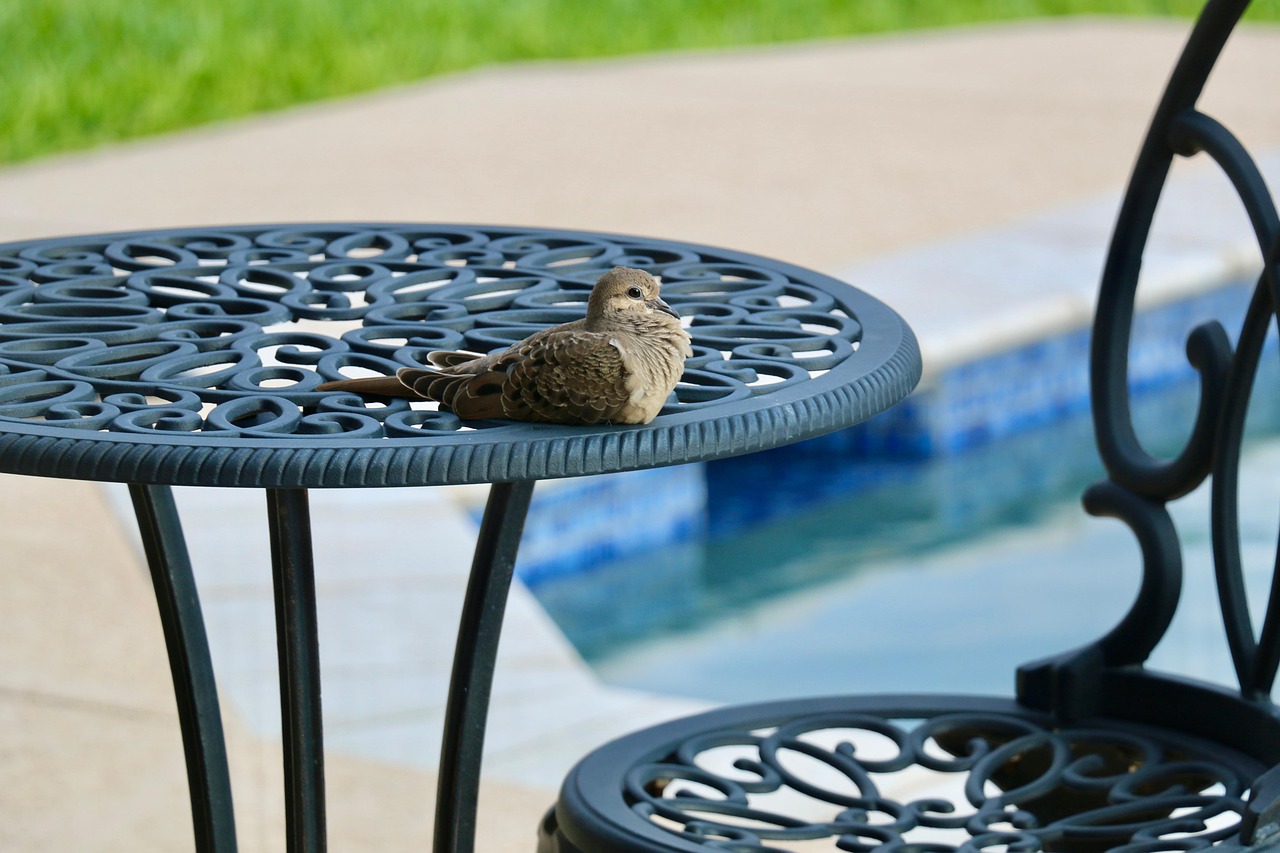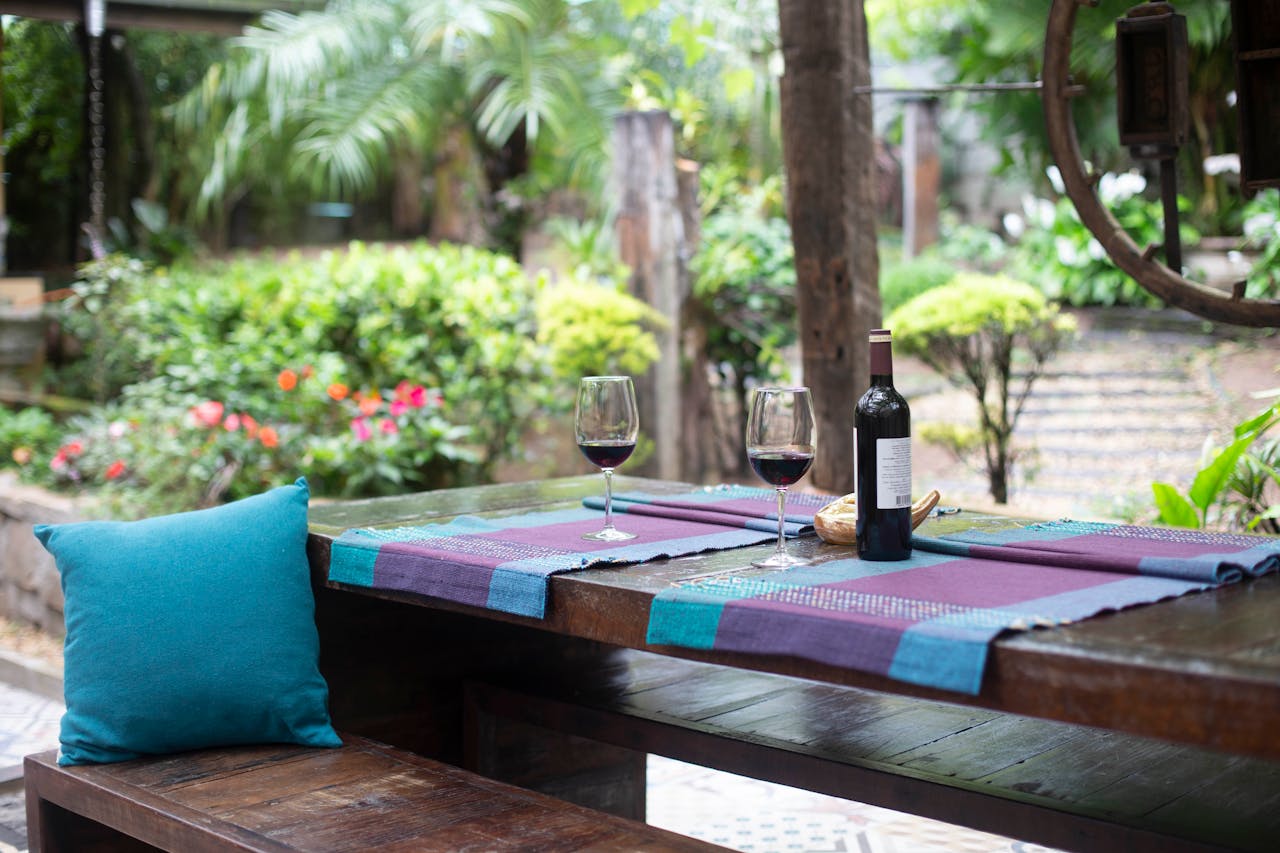Creating Outdoor Areas That Contribute to a Strong First Impression
Outdoor spaces are often the first thing a visitor, client, or guest notices before they step inside a building. Whether it's the entrance to a commercial office, a retail storefront, or the grounds surrounding a hospitality venue, the exterior sets the tone for what's to come. A thoughtfully designed outdoor area can immediately communicate professionalism, care, and attention to detail, key qualities for building trust and interest from the moment someone arrives.
Investing in outdoor aesthetics isn't just about vanity. It serves practical functions as well, such as guiding foot traffic, providing comfortable waiting or meeting spaces, and enhancing brand identity. This article explores how to create outdoor areas that leave a positive and lasting impression.

Focusing on Layout and Flow
Before selecting materials or furniture, it's important to assess the layout of your outdoor space. A great first impression begins with intuitive design, people should feel naturally directed toward the entrance or central space without confusion or discomfort. Consider how individuals will walk through the area, where they may pause, and what will be in their immediate line of sight.
Wide, clear walkways help promote accessibility and safety in commercial environments where traffic may include clients, delivery personnel, or contractors. The use of planters, seating, or shade structures can help guide flow and reduce clutter. Symmetry, balanced proportions, and defined zones (like reception patios or waiting areas) contribute to a sense of intentional design, not random placement.
The Power of Furniture Selection
Furniture plays a dual role in outdoor design, it provides function and shapes the visual identity of the space. A bench or table isn't just a place to sit; it's part of the statement your company makes about its culture and level of professionalism.
Durability is paramount for commercial properties, where furniture must withstand the weather and frequent use. That doesn't mean sacrificing style. Choosing elegant woven patio sets for your outdoor seating needs can elevate the experience while signaling taste and quality. These sets blend comfort and class, offering both visual cohesion and long-lasting resilience in high-traffic spaces.
When choosing furniture, consider how well it aligns with your branding. Earth-toned woven textures may complement eco-conscious brands, while sleek metal finishes might suit modern tech firms. Color, form, and material should all reflect the ethos of the business or establishment they represent.
Landscaping for Immediate Appeal
A well-maintained landscape is one of the most universally appreciated elements of any outdoor area. From neatly trimmed hedges and seasonal flowerbeds to curated green spaces, nature helps people feel welcome and at ease. In commercial spaces, this kind of greenery doesn't just look good, it improves mental well-being, encourages outdoor breaks, and shows your attention to cleanliness and upkeep.
Select plants that are low-maintenance but visually appealing throughout the year. Incorporate greenery at different heights and textures to add depth to the space. Use mulch or ground covers to eliminate bare patches and prevent erosion. Lighting, too, plays a key role; subtle uplighting on trees or pathway lights around flower beds add nighttime functionality and visual drama.
It's important to think about how landscaping interacts with branding. Certain businesses may use native plants to reinforce sustainability or regional pride, while others may opt for formal gardens to communicate prestige and order.
Architectural Details That Stand Out
Hardscape elements like walls, pillars, and water features bring structure to outdoor areas and can serve as design focal points. These architectural features reinforce your building's personality and can offer the “wow factor” that defines a first impression.
An entrance flanked by stone columns or a patio with a built-in fire feature can leave a lasting impact. Textured walls or statement fences delineate space and can display signage, logos, or lighting elements in a visually striking way.
The key here is cohesion, architectural features should tie into the broader aesthetic of your building and outdoor space.
Weather Protection and Seasonal Comfort
Creating comfort in your outdoor area year-round means planning for the elements. Covered patios, pergolas, awnings, or umbrellas offer shade during sunny months and rain protection when the weather turns. These features are critical in commercial settings where guests may wait outdoors or staff might conduct brief meetings outside.
In colder climates, adding heat lamps or fire pits to your design allows you to extend the usability of the space into fall and winter. During hot seasons, misting systems or strategically placed fans can make a huge difference in comfort levels.
The more adaptable your space is to seasonal shifts, the more valuable it becomes as a functional extension of your business environment.

An outdoor area that contributes to a strong first impression does more than just look nice, it tells a story about who you are, how you work, and what you value. Through smart layout choices, refined furniture selection, effective landscaping, and consistent upkeep, any commercial space can be transformed into an inviting and impressive setting.
By making the exterior an extension of your brand, you welcome guests and clients with confidence and establish a foundation of trust before they even step through the door. Thoughtful outdoor design is not a luxury, it's a strategic investment in your property's long-term success.
Published 6/29/25